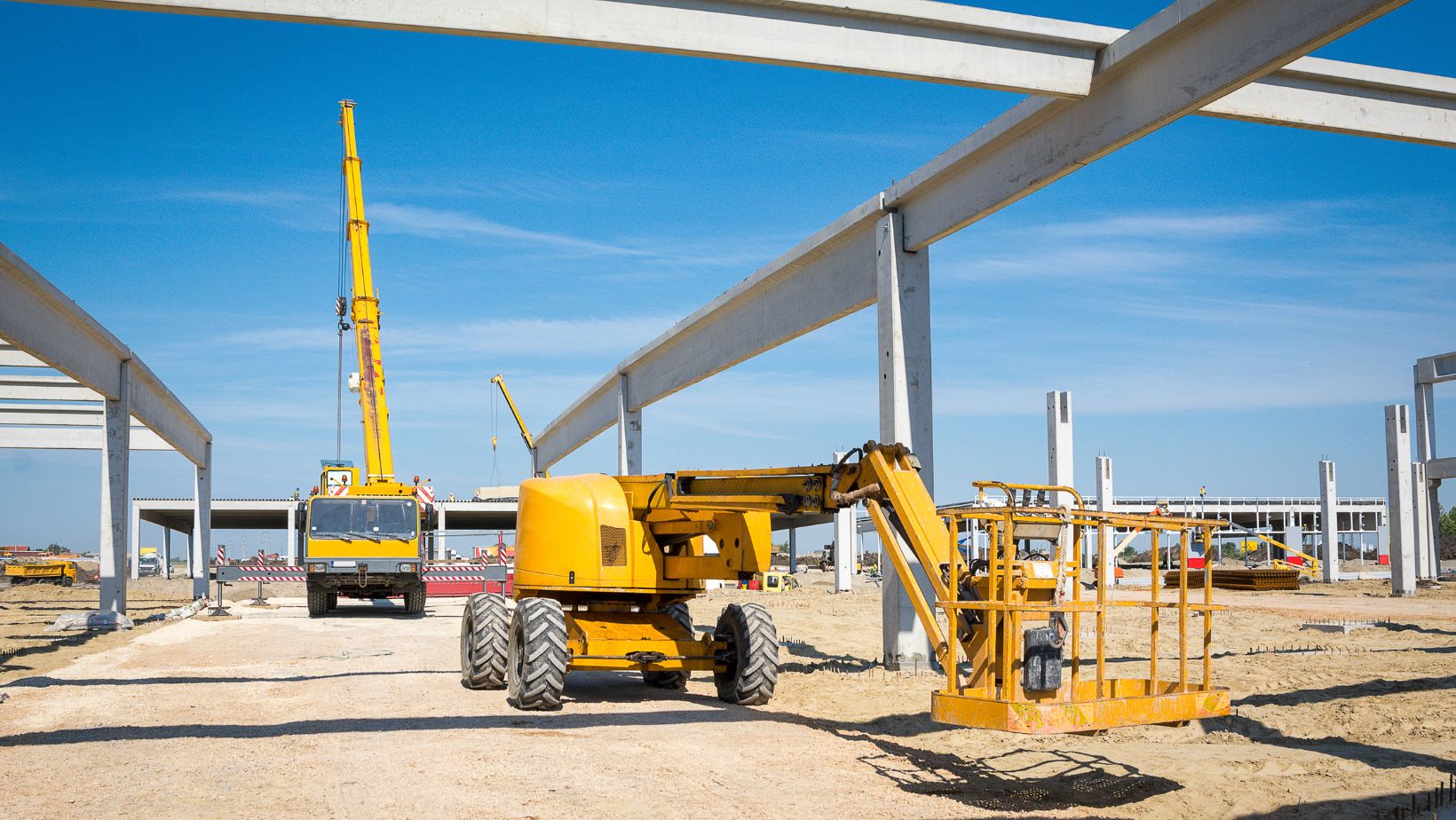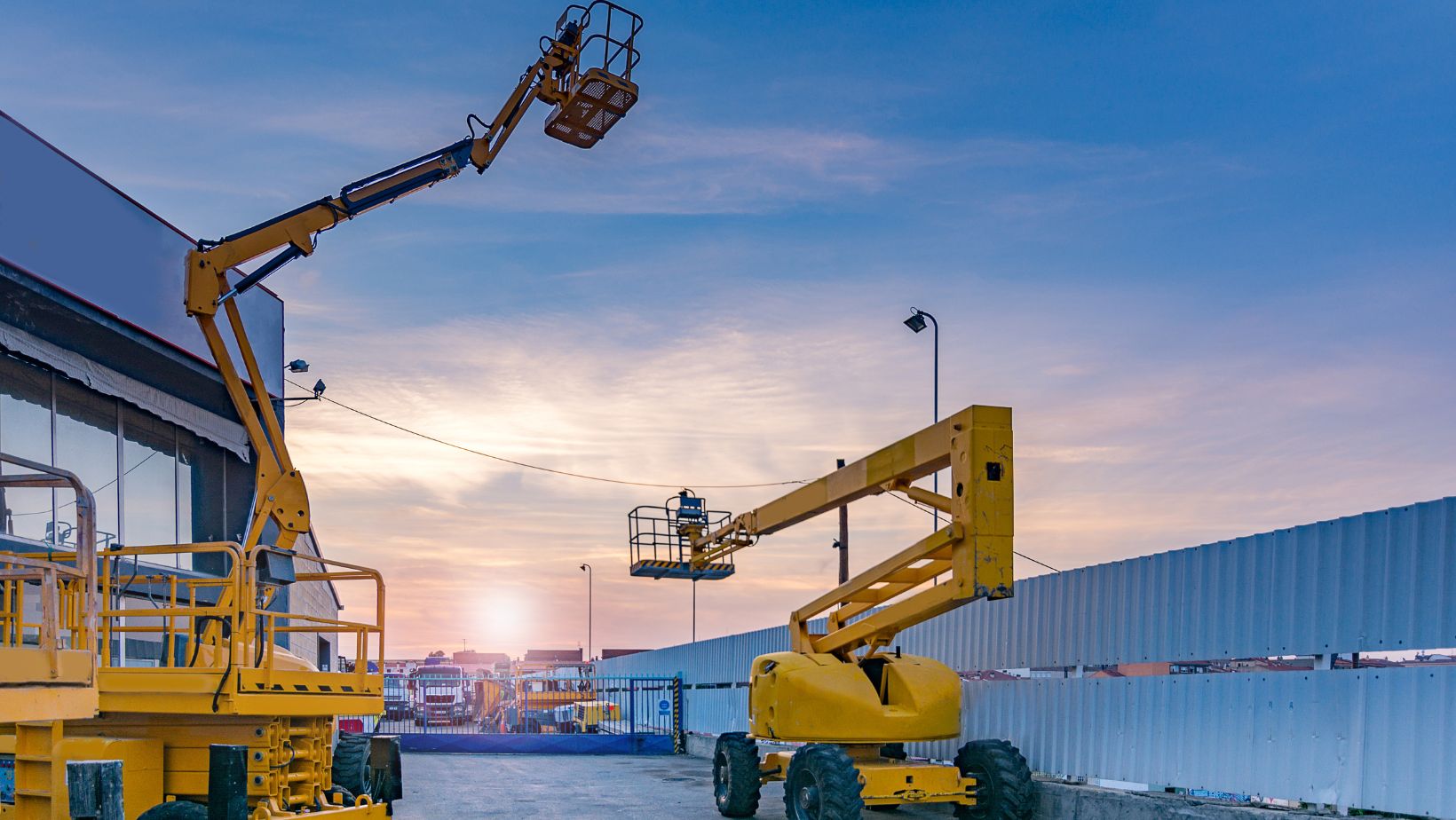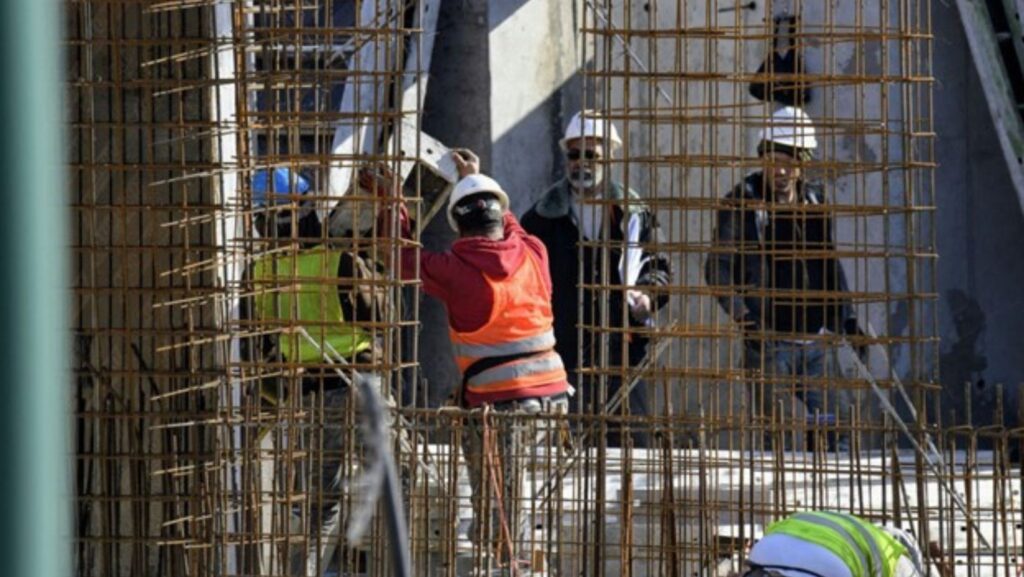- Choosing the right lift requires assessing project needs like height, weight, terrain, and duration.
- Different lifts, such as scissor lifts and boom lifts, are suited for specific tasks and job sites.
- Prioritize safety by considering weight limits, stability, and industry safety standards.
- Renting vs. buying should be decided based on project length, budget, and lift availability.
In any construction or maintenance project, having the right equipment is essential for both safety and efficiency. Whether you’re working on a large-scale commercial site or a smaller residential job, the type of lift you choose can make a significant difference in how quickly and safely the work gets done. With so many options available, from scissor lifts to boom lifts, knowing which one fits your project’s specific needs can feel overwhelming. The wrong choice can lead to delays, safety risks, or even higher costs.
In this guide, we’ll explore the key factors you need to consider when selecting the ideal lift for your project. From assessing height and weight requirements to understanding maneuverability on different terrains, we’ll break down what to look for. By the end, you’ll have the knowledge you need to make an informed decision, ensuring your team can work efficiently and safely while staying on budget. Whether you’re a contractor, project manager, or DIY enthusiast, this guide will help you choose the right lift for your next job.
Understand Your Project Needs
Before selecting the right lift, it’s important to have a clear understanding of your project’s unique requirements. The type of work being done will largely dictate which lift will be the best fit. For example, are you working indoors or outdoors? If indoors, you’ll need equipment that can handle tight spaces and is designed for smoother surfaces. On the other hand, outdoor projects might require lifts that can operate on rough or uneven terrain.
Next, consider the height and weight demands of the project. Different lifts have varying reach capacities, so you’ll want to ensure the lift you choose can safely handle the height you need. Additionally, weight capacity is crucial—make sure the lift can bear not only the weight of the workers but also any tools or materials being used at elevated heights.

Lastly, review the project timeline. Are you working on a short-term or long-term project? Renting a lift might be more practical for a one-off job, while purchasing may make more sense if you anticipate frequent use. By considering these factors, you’ll be better equipped to choose a lift that matches your project’s needs.
Types of Lifts and Their Uses
Understanding the different types of lifts available is key to selecting the right one for your project. The most common options include boom lifts, vertical mast lifts, and scissor lifts. Each type is designed for specific tasks, so knowing their strengths will help narrow your options.
Boom lifts offer excellent versatility and a wide range of motion, making them ideal for tasks that require access to hard-to-reach areas. They can be used both indoors and outdoors and are great for projects where height and flexibility are top priorities.
Scissor lifts, on the other hand, are perfect for projects that require vertical elevation and stability. These lifts provide a large platform for workers and materials, making them a go-to choice for jobs that involve more static, vertical work. Whether you’re painting, repairing, or installing, renting a scissor lift can be a highly practical solution for projects that require multiple workers and materials to be elevated at once.
Lastly, vertical mast lifts are best for smaller indoor jobs where precision and compact size are key. They’re perfect for warehouses, retail environments, and tight workspaces where larger lifts can’t maneuver easily.
Each of these lifts serves a specific purpose, so make sure to align your choice with the demands of your project.
Safety Considerations
Safety should always be at the forefront when choosing any type of lift. Each lift has specific safety features that can vary depending on the model, so understanding these can help reduce risks on the job site. One of the most important factors to consider is weight capacity. Overloading a lift can result in serious accidents, so it’s crucial to verify the lift’s maximum load capacity before use. Always ensure that the combined weight of the workers, tools, and materials doesn’t exceed the lift’s limit.
Stability is another key consideration. Some lifts, like scissor lifts, provide a wider base for better balance, while others may require outriggers for added stability. Make sure the lift you select can operate safely on the type of ground or surface at your work site. For example, rough terrain lifts come equipped with features like four-wheel drive to maintain balance on uneven surfaces, while indoor lifts are optimized for flat, smooth floors.
Finally, don’t overlook safety certifications and standards. Reputable lifts should meet industry standards like ANSI (American National Standards Institute) or OSHA (Occupational Safety and Health Administration) regulations. These certifications ensure that the lift meets stringent safety requirements, reducing the risk of accidents and keeping your team safe.
Cost Efficiency and Availability
When it comes to choosing the right lift, balancing your project’s budget with equipment costs is essential. One of the first questions you should ask yourself is whether you should rent or buy a lift. For short-term projects, renting is usually the most cost-effective solution. It allows you to avoid long-term maintenance and storage costs. However, if you anticipate needing a lift for multiple projects or for an extended period, purchasing might provide better value in the long run.
Additionally, it’s important to factor in availability. Lifts are in high demand, especially during peak construction seasons, so securing your rental early is crucial. This will ensure that you have the right equipment when you need it, preventing project delays. Some rental companies also offer flexible options, allowing you to extend the rental period if your project timeline shifts unexpectedly.
Lastly, consider the total cost of renting a lift beyond the base rental fee. Costs like delivery, insurance, and fuel can add up, so make sure to get a complete cost breakdown before committing. Weighing these factors will help you stay within budget while ensuring you have access to the lift when your project requires it.
Maneuverability and Space Constraints
Another key factor to consider when choosing a lift is how well it can navigate your job site. Different projects have different space constraints, so the lift’s size, shape, and turning radius all play a major role in its effectiveness. If your project requires work in confined or tight spaces, scissor lifts are often a great solution. They are designed to provide a stable, vertical lift with minimal side-to-side movement, making them ideal for tasks that require limited horizontal reach.

However, if your job involves working around obstacles or in spaces that demand more flexibility, an articulated or boom lift may be a better option. Boom lifts are built with arms that can extend and bend, allowing you to reach over or around objects that would block access for other types of lifts. This can be a game-changer for projects that involve complex layouts or working at different angles.
Compact lifts are also available for smaller indoor projects, like warehouse work or facility maintenance. Their smaller footprint and tighter turning radius make them perfect for maneuvering through narrow aisles or crowded spaces. Choosing the right lift based on the physical space you’re working in can save you time and prevent costly accidents or delays caused by improper equipment use.
Conclusion
Choosing the right lift for your project involves more than just finding what’s available. It’s about carefully considering factors like the type of work being done, safety standards, budget constraints, and the specific conditions of your job site. By understanding your project’s unique needs, you can select the equipment that not only gets the job done efficiently but also ensures the safety of your crew.
From understanding how to assess your project’s requirements to knowing the various types of lifts, you’ve now got the essential knowledge needed to make an informed decision. Whether you’re tackling an indoor maintenance task or a large outdoor construction project, selecting the proper lift will lead to a smoother, safer, and more cost-effective job.


More Stories
The Overlooked Gadget That Can Transform Your Home Wi-Fi Performance
Suhjvfu: An In-Depth Exploration
621628759: Discovering Its Hidden Significance